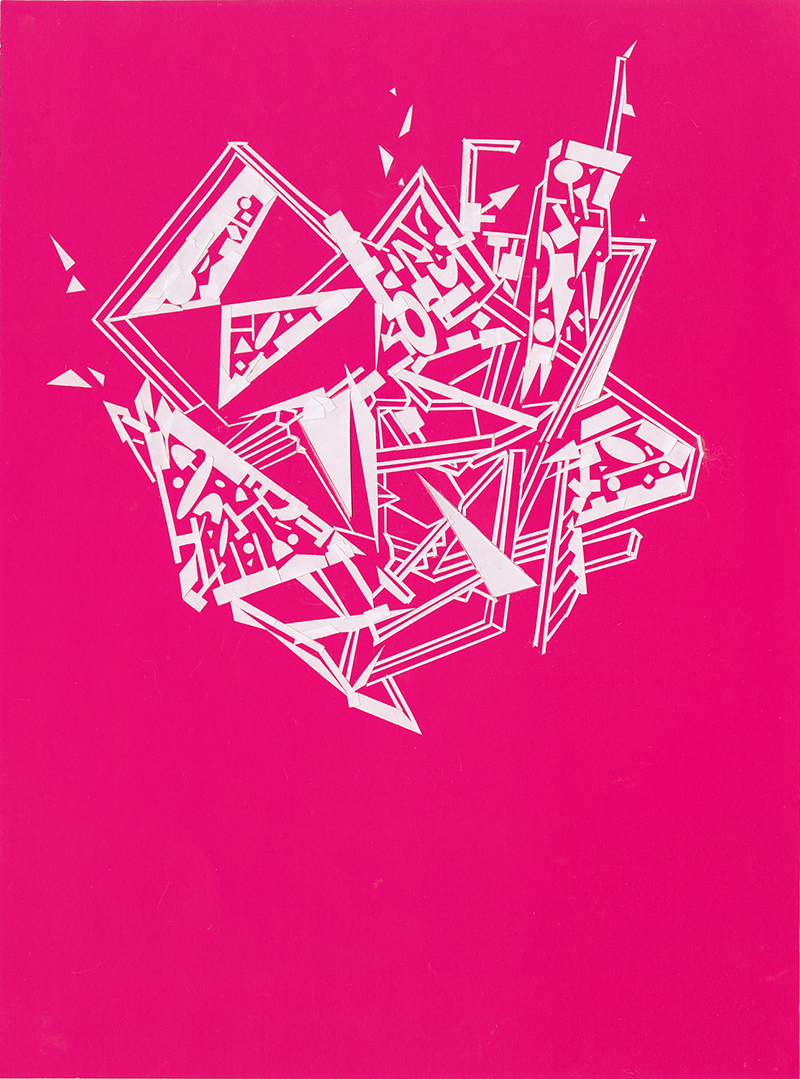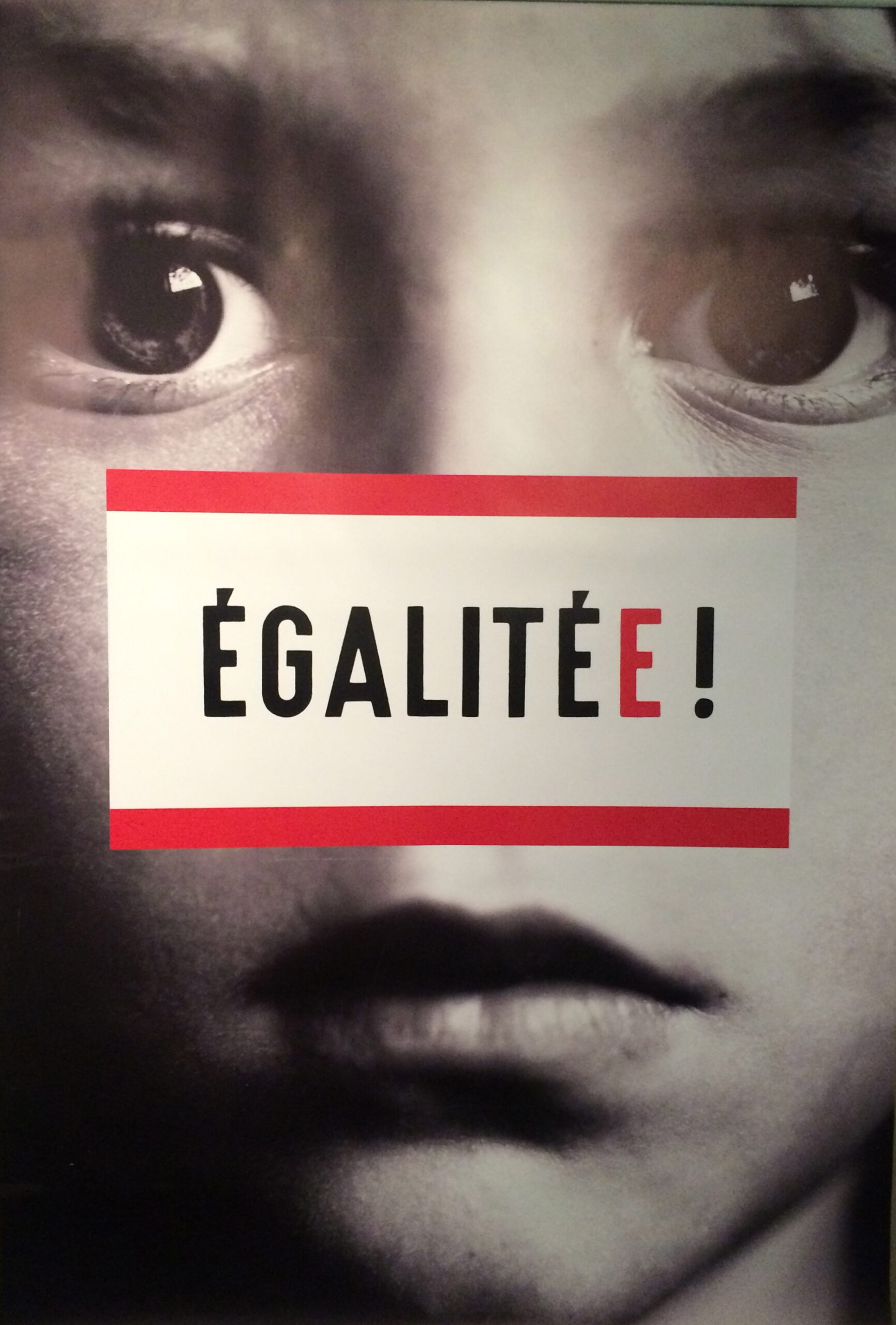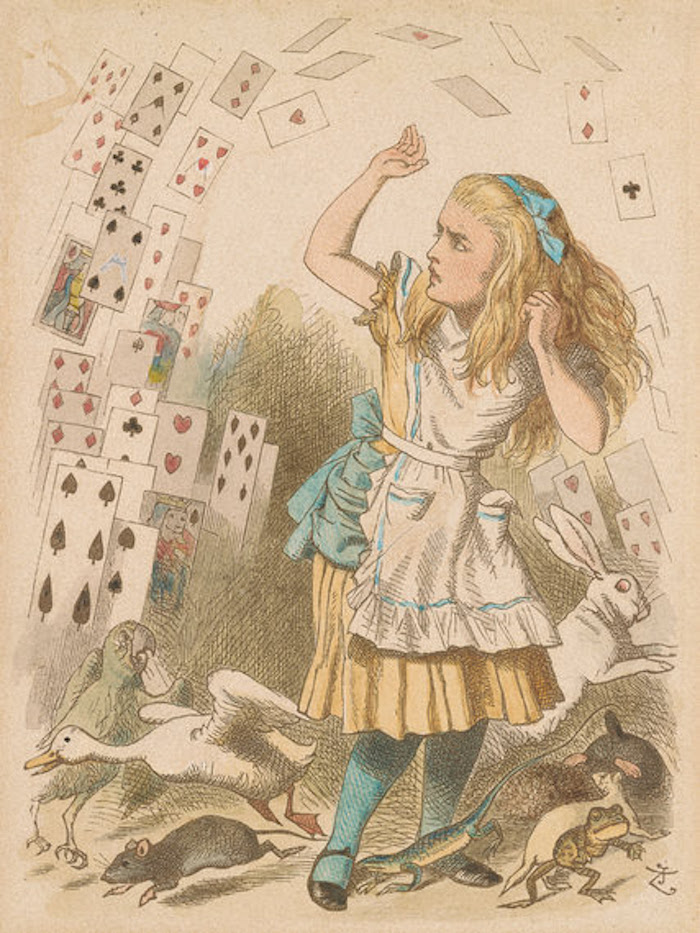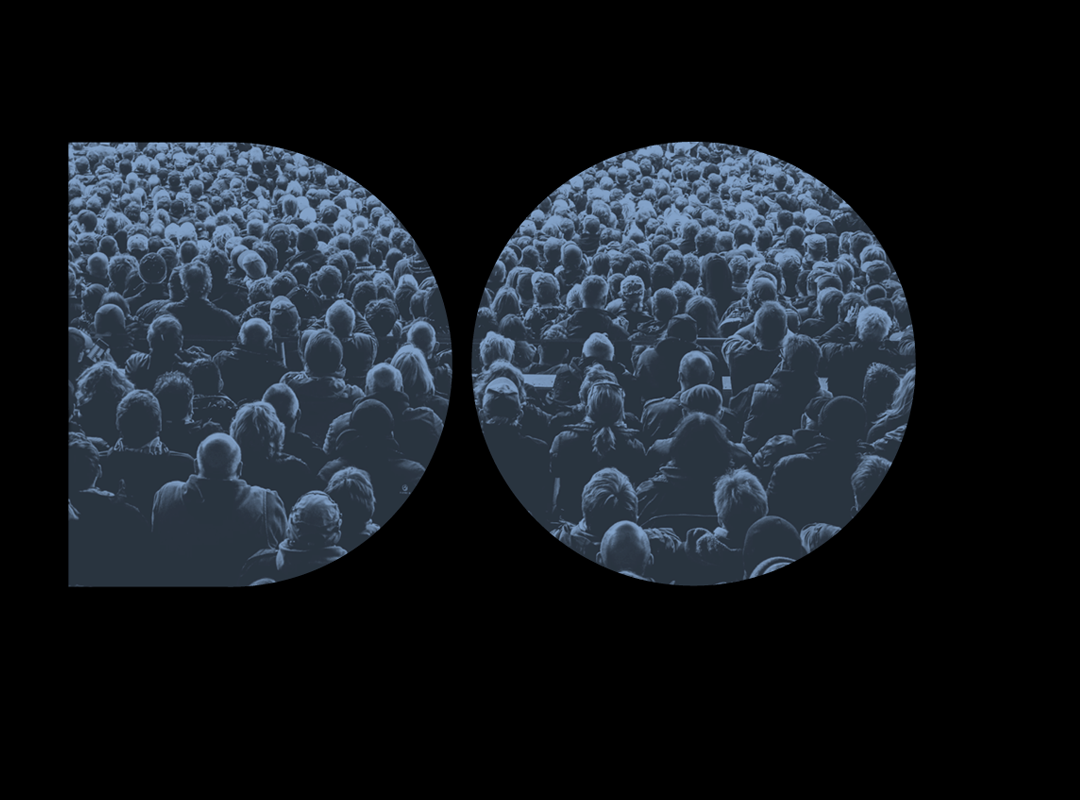
Adrian Shaughnessy|Exhibitions
December 2, 2014
An Interview with James Goggin
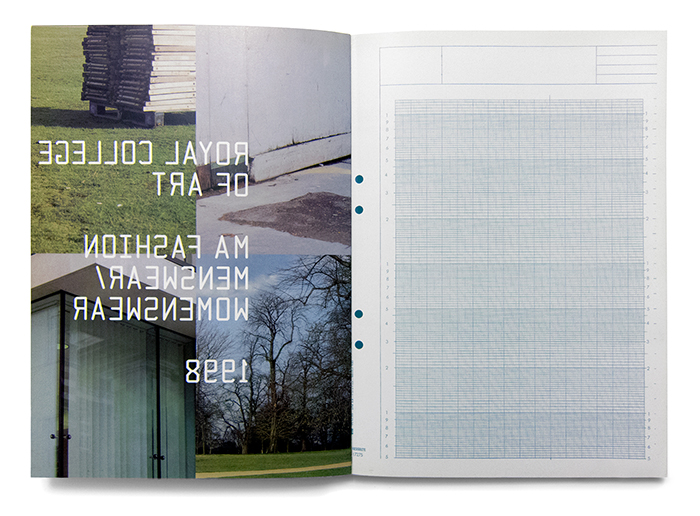
Adrian Shaughnessy
: What prompted you to apply to the RCA?James Goggin: During my BA studies at Ravensbourne College of Design and Communication in the early to mid-nineties, I felt like I would benefit from a few more years of study. I knew I wanted to build a design practice that included teaching, research, and writing, and I also wanted that design practice to be an independent (or perhaps a collective) one. There were several generations of designers who I admired—from the 1960s (David Gentleman, Alan Fletcher, etc.) all the way through to the nineties (Fuel, Graphic Thought Facility, etc.)—that had passed through the RCA and worked in the ways outlined above, so it seemed a logical place for me to apply to.
Additionally, a few friends of mine were already studying there while I was in my final year at Ravensbourne, and I whenever I visited them at the College, the atmosphere there just felt right. The great library, the galleries, the incredible letterpress studio (Ravensbourne had reportedly thrown out all of their letterpress equipment a few years prior to my arrival), its location, all made the RCA an exciting prospect.
AS: What would you say is the value of postgraduate study?

Post-Post, folded broadsheet/poster | Royal College of Art, 1999
AS: In many ways you are an archetypal RCA graduate of the 1990s, moving seamlessly from student to solo practitioner—was this always the plan, or did the possibility emerge over time?
So in one way, the transition was rather seamless from RCA to independent practice. On the other hand, as soon as I had the day-to-day pressures of starting a small studio and trying to remain afloat in London, I missed the time I had at the RCA to talk, read, to just sit in the library and think.
Memoria y Melancolía, poster series for RCA Curating Contemporary Art program | Royal College of Art, 1998

Atlas of Human Movement, thesis book | Royal College of Art, 1999
AS: How would you characterize graphic design teaching and learning when you were at the RCA?

In Transit, letterpress postcard installation, 50 postcards plus found postcard display rack | Royal College of Art, 1998
AS: You will be pleased to hear that this interdepartmental activity still goes on! And since we are talking about interdisciplinarity, art practice and art theory has been highly influential amongst many RCA students–were you influenced by this?
This tendency in contemporary art and theory at the time not only related to my own upbringing, living in six different countries, moving every two or so year, but also happened to overlap with my sister studying Anthropology at the University of Sydney while I was at the RCA. I read everything on her reading list (which included some of the aforementioned writers), and found it as equally relevant to graphic design practice as more traditional design history and theory.
The Curating Contemporary Art program at the RCA was of particular interest to me: the art scene in Mexico City was pretty hot at that point (we’re talking 1997, ’98), and I was very interested in a lot of the artists and curators there (see Alÿs and Orozco mentioned above, for example). The CCA students had all gone to Mexico City on a class trip and I was really jealous, so I grilled them with questions when they got back. I’d started spotting posters in the College stairwell announcing curators I knew about from reading frieze, actually visiting to give talks, so I ended up hanging out quite a lot down there. Teresa Gleadowe, their inspiring course director, became a sort of informal mentor, recommending books to read, and I started designing posters for their talks. A lot of those students started working at galleries around London upon graduation, and that’s how I ended up working mostly in contemporary art in London, with some of them remembering me and calling me with projects here and there.
AS: You are now a US resident, based in Chicago. How has life in America changed you and your practice?
A particular hypothesis: what would happen if I actually got a job? Something I’d vowed not to do since graduating from the RCA. The job in question being Director of Design and Publishing for the Museum of Contemporary Art Chicago. We’d already jumped into one experiment: leaving London after thinking we never would, moving us all to Arnhem and the Werkplaats Typografie in 2009 and shifting the balance of my practice more towards teaching (at WT and at ECAL in Lausanne). Then the MCA Chicago invitation came completely out of the blue and was too curious a challenge to pass up, in spite of reluctance to leave the Netherlands, which we loved.
So that’s where we are now: we’re starting a small children’s book publishing imprint, I find myself advising clients (across the US and also still in London and Europe) on wider editorial, technological, and museological strategic issues, and although I’d term all of the above “graphic design,” I do happily also work on, well, graphic design. Posters, books, websites, finding more time for type design again now, and more writing, research, alongside regular teaching (as thesis critic at Rhode Island School of Design). Even a bit of time for reading and just thinking: basically continuing my effort to maintain the dynamic I had as a student at the RCA.
Observed
View all
Observed
By Adrian Shaughnessy
Recent Posts
Courtney L. McCluney, PhD|Essays
Rest as reparations: reimagining how we invest in Black women entrepreneurs Food branding without borders: chai, culture, and the politics of packaging Why scaling back on equity is more than risky — it’s economically irresponsible Beauty queenpin: ‘Deli Boys’ makeup head Nesrin Ismail on cosmetics as masks and mirrors
